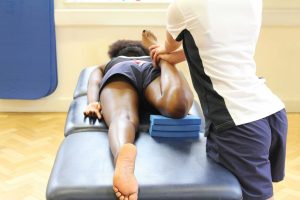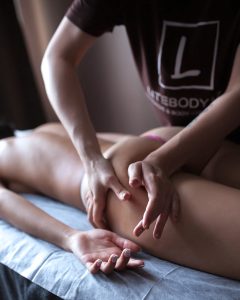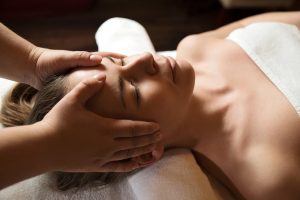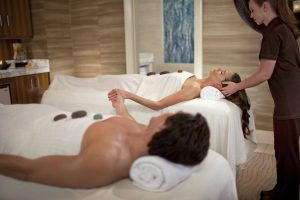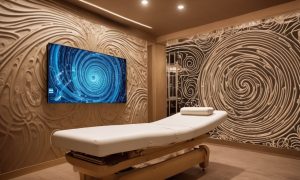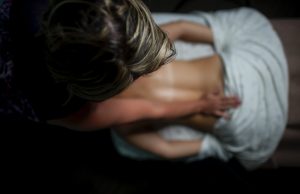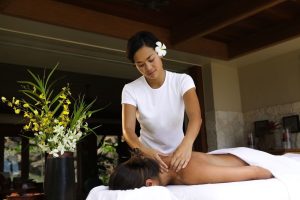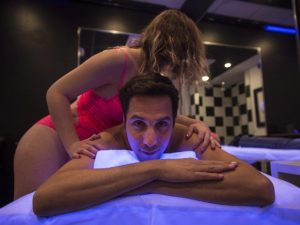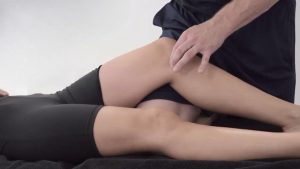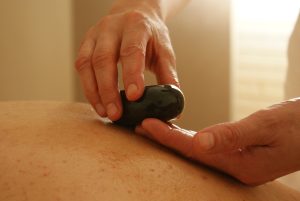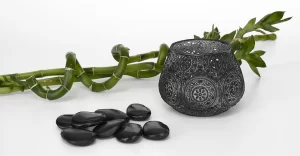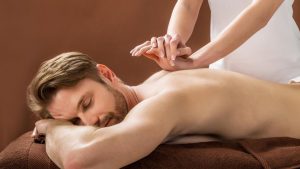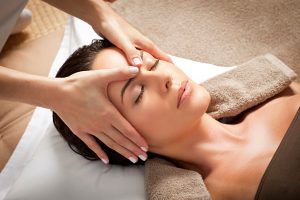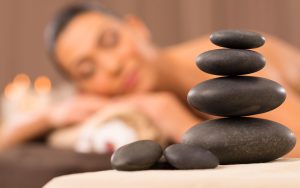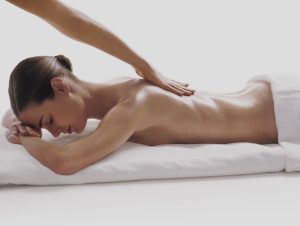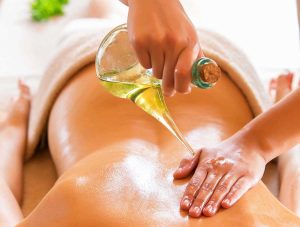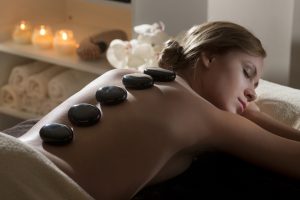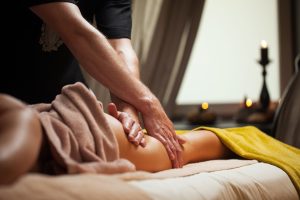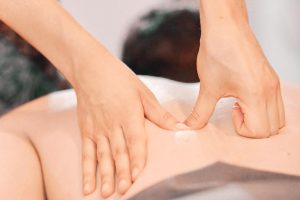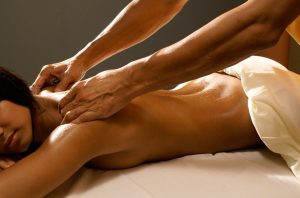Integrative massage is a type of massage that combines various techniques and approaches to achieve the best results in improving the client’s health and well-being. Unlike traditional massages, which may focus on specific areas of the body or use a single specific methodology, integrative massage integrates diverse techniques for an individualized approach to each person.
Pros of Integrative Massage:


Integrative massage has numerous advantages that make it popular among clients and massage practitioners. Here are some of them:
- Individualized approach: The massage therapist can combine different methods to achieve the best results and address the unique needs of each individual.
- Wide range of applications: This type of massage can be effective for general relaxation and stress relief, as well as for treating injuries, muscle and joint pain, and improving mobility and flexibility.
- Enhances health and well-being: It contributes to improved circulation, lymphatic drainage, and elimination of toxins from the body.
- Reduces tension and pain.
- Improves psycho-emotional state.
- Professional approach: Experienced and well-trained massage therapists know how to safely and effectively apply various techniques.
- Increases body awareness: People can become more aware of their bodies, sensations, and needs.
- Supports a healthy lifestyle: Regular massage sessions promote overall health and stimulate an interest in a healthy lifestyle.
Cons of Integrative Massage:
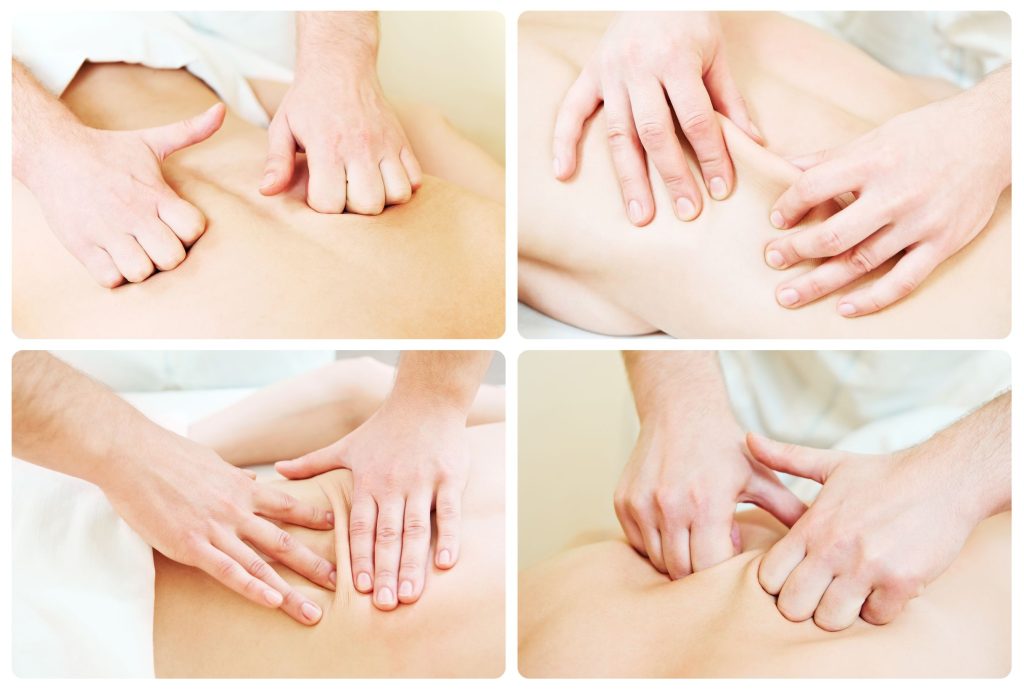

However, there are some potential drawbacks or limitations to consider:
- Difficulty finding a specialist.
- Time-consuming: Integrative massage takes more time than conventional massage methods due to the combination of different techniques.
- Possible restrictions: Some health conditions may be a hindrance to the application of certain integrative massage techniques. Therefore, it is advisable to consult with a doctor or massage therapist before starting sessions.
When is Integrative Massage Applied?


Integrative massage is used in various situations and for different purposes. Its broad range of techniques and approaches allows it to be utilized for general relaxation and well-being, as well as for treating various medical conditions and body issues. Here are some examples:
- Relaxation and stress relief: It can be an excellent way to relax, relieve accumulated tension and stress, and improve psycho-emotional state.
- Improving mobility and flexibility: For people with mobility restrictions or tired muscles, this practice improves flexibility and joint mobility.
- Reducing muscle pain and spasms: Massage softens and relaxes tense muscles, reducing pain and spasms.
- Treating chronic fatigue syndrome: It contributes to overall relaxation and recovery.
- Enhancing circulation and lymphatic drainage: It improves blood circulation and lymphatic drainage, which is beneficial for overall health and body detoxification.
- Supporting rehabilitation after injuries and surgeries: It can be used as an additional method of recovery after injuries or surgeries.
- Improving general well-being: Regular sessions support overall health, increase energy, and create a sense of well-being.
It is essential to note that this massage practice is not a substitute for medical treatment, and its application should be carried out by professional and experienced massage therapists. If you have any medical issues or conditions, always discuss the possibility of massage with a doctor before starting sessions.
Questions and Answers:
What is integrative massage therapy?
Integrative massage therapy is a type of bodywork that combines various massage techniques and therapeutic modalities to create a personalized treatment for each client. It aims to integrate the mind, body, and spirit, promoting relaxation, relief from muscle tension, and overall wellness.
What are the benefits of integrative massage therapy?
Integrative massage therapy can help relieve muscle tension, reduce stress, improve range of motion, and promote optimal wellness. It incorporates different massage modalities and techniques to address specific needs and provide a holistic approach to healthcare.
What is deep tissue massage?
Deep tissue massage is a technique that focuses on the deeper layers of muscle and connective tissue. It can help release chronic muscle tension, reduce inflammation, and improve joint mobility. The therapist applies firm pressure using slow, deliberate strokes.
What is Swedish massage?
Swedish massage is a popular massage technique that uses long, flowing strokes, kneading, and circular movements to promote relaxation and improve circulation. It is known for its gentle and soothing nature, making it an excellent choice for relaxation and stress reduction.
What is trigger point therapy?
Trigger point therapy is a massage technique that targets specific areas of muscle tension called trigger points. These points are often associated with referred pain in other parts of the body. The therapist applies direct pressure to these points to help release the tension and alleviate pain.
What is craniosacral therapy?
Craniosacral therapy is a gentle touch therapy that focuses on the craniosacral system, which includes the bones of the skull, face, spine, and pelvis. It aims to release restrictions in the system to improve the flow of cerebrospinal fluid and restore balance to the body.
What are some other types of massage techniques?
There are various massage techniques that a massage therapist may use, depending on the client’s needs. These techniques can include shiatsu, myofascial release, neuromuscular therapy, lymphatic drainage, and more. Each technique offers unique benefits and targets different areas of the body.
Who is Integrative Massage not recommended for?
Integrative massage may not be recommended or requires special caution in certain medical conditions or situations. It is necessary to be extremely careful with the application of this practice in the presence of acute trauma or injuries, tumors, oncological diseases, inflammation, infections, as well as skin problems, bleeding, and thrombosis. Pregnant women may also be advised against this type of massage. A similar limitation applies to patients with cardiovascular diseases.
How long does an Integrative Massage session last?
The duration of a session may vary depending on several factors, including client preferences, specific needs, health condition, the area of the body to be treated, and the experience of the massage therapist. Typically, sessions can last from 60 to 90 minutes, but they can also be shorter or longer depending on the situation.
Is any special preparation required before performing integrative massage?
Yes, special preparation for the client is necessary. It includes consultation with a doctor, clarification of needs and expectations, providing information about health, as well as maintaining personal hygiene. It is also important to ensure that the client has removed all jewelry and excess clothing before the session starts. Communication between the massage therapist and the client and mutual understanding play a crucial role in the successful preparation and conduct of the integrative massage. This allows best satisfying the client’s needs and ensuring the safety and effectiveness of the procedure.













![11 Best Alternatives to Bedpage: Your Ultimate Guide [March 2024]](https://massage.dating/wp-content/uploads/2024/03/Best-Alternatives-to-Bedpage-300x200.jpg)















